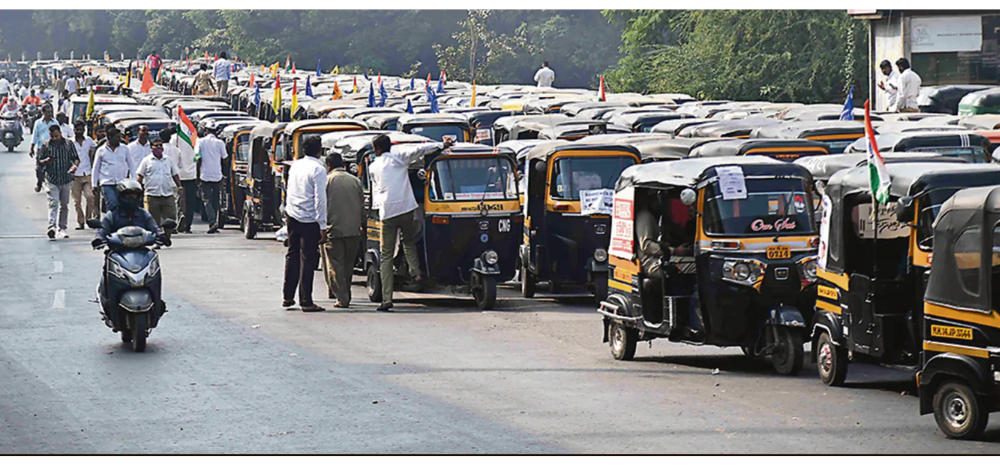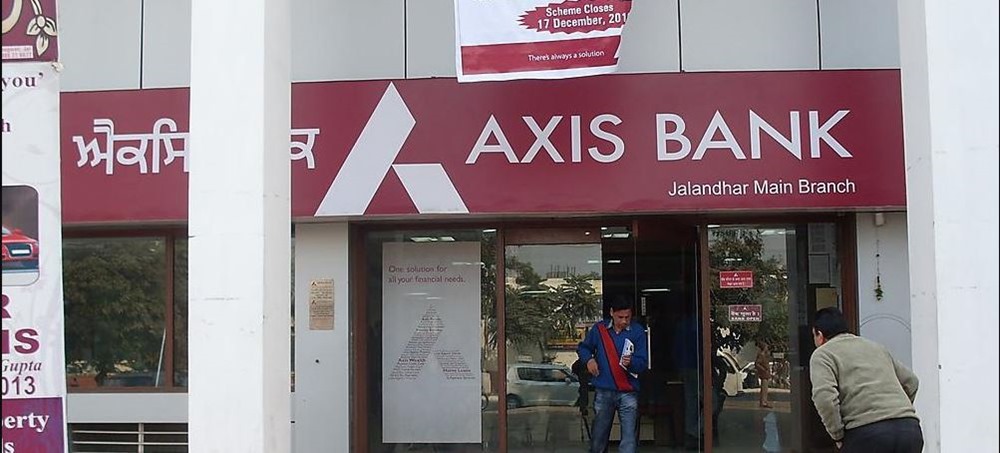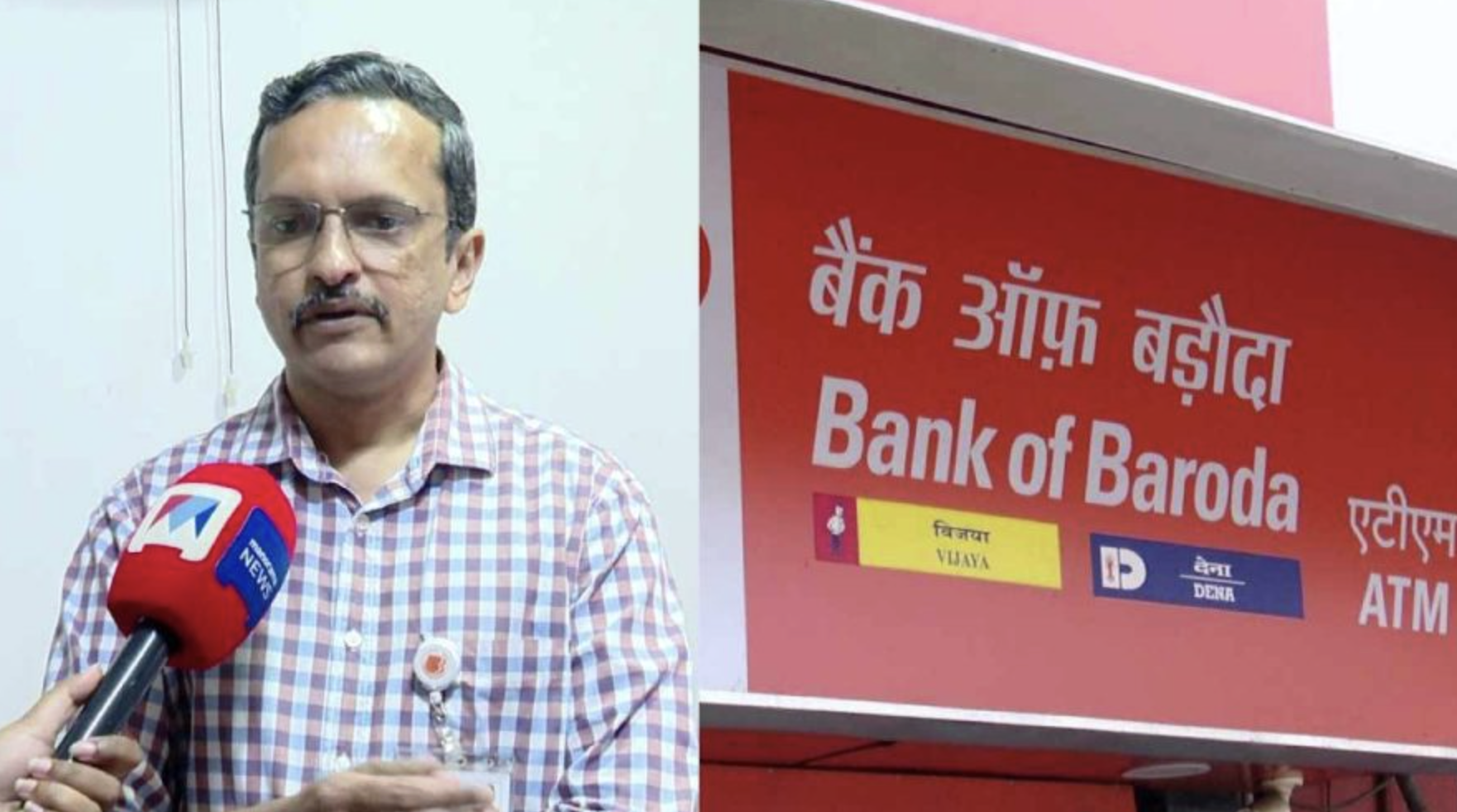Ride-hailing giants Ola, Uber, and Rapido have made a strategic decision to remove the in-app wallet payment feature from their platforms for auto-rickshaws. This move aims to facilitate direct payments to drivers amid a growing trend of auto drivers shifting to alternative platforms and to mitigate GST taxation costs on each ride.

Leveling the Playing Field
The decision to remove the wallet payment option stems from a desire to establish a level playing field within the industry. With competitors like Namma Yatri offering direct payment features to drivers and thereby reducing tax costs, Ola, Uber, and Rapido seek to align their services accordingly.
Transition to Subscription Model
In lieu of charging a commission per ride, the ride-hailing firms have transitioned to a subscription model. This shift allows drivers to collect fares directly from passengers, eliminating the need for intermediary payment systems within the app.
Adoption of Software-as-a-Service (SaaS) Model
Uber has introduced a Software-as-a-Service (SaaS) model service on Autos in several cities, providing riders with optionality in choosing their preferred payment method. While this feature is still in the testing phase across states, it reflects a broader industry trend towards subscription-based services.
Impact of Namma Yatri and Changing Market Dynamics
The emergence of platforms like Namma Yatri, which operate on a ‘zero-commission’ model and offer direct payment options to drivers, has disrupted the traditional ride-hailing landscape. This shift has led to a noticeable churn among drivers, prompting established players to reassess their business models.
GST Conundrum and Taxation Costs
The primary motivation behind the shift away from wallet payments is to mitigate GST taxation costs imposed on ride-hailing firms. By facilitating direct payments to drivers, Ola, Uber, and Rapido aim to streamline operations and reduce financial liabilities associated with GST compliance.
Challenges and Consumer Concerns
While the direct payment model offers benefits for drivers and platforms, some consumers have raised concerns about transparency and pricing discrepancies. The absence of exact fare estimations in the app interface has led to instances of drivers requesting additional payments, resulting in potential inconvenience for passengers.
Future Outlook and Competitive Landscape
As more ride-hailing platforms adopt subscription-based models and direct payment features, the competitive landscape is expected to evolve. Platforms offering ‘zero-commission’ models and innovative pricing structures are likely to gain traction, posing challenges for established players like Ola and Uber. However, this shift also presents opportunities for drivers to explore alternative earning avenues and for consumers to benefit from greater choice and flexibility in ride-hailing services.













